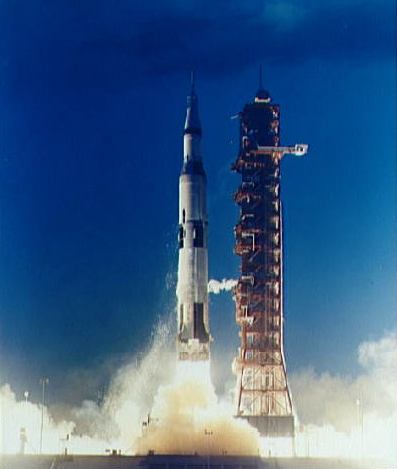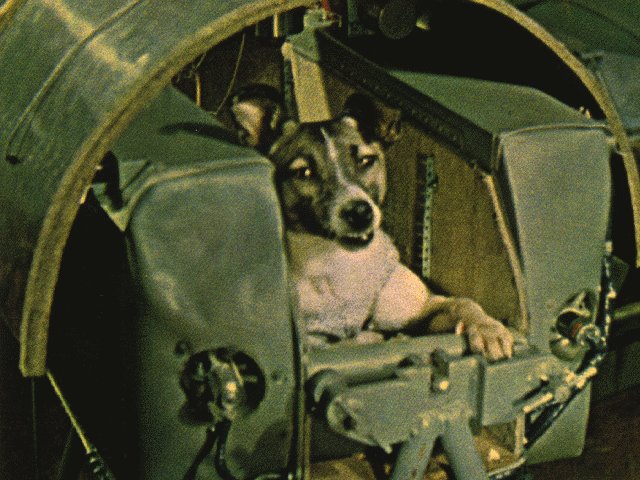Fifty years ago today — November 16, 1962 — another pre-Apollo test flight of the Saturn-1 launch vehicle was made from Cape Canaveral.

(SA-3 on the launch pad. NASA image.)
Dubbed SA-3, this mission was the first to be flown with the Saturn first stage fully-fueled. The upper stages carred 23,000 gallons of water which would be released in the “Project High Water II” cloud experiment.
When the vehicle reached the zenith of its sub-orbital flight, the upper stage was detonated to release the water. The resulting cloud of ice particles was intended to shed light on the physics of the upper atmosphere, but the telemetry was not good enough to produce reliable data.
Aside from the poor data from the “High Water” experiment, however, the main objectives for the flight test itself were all met.
















